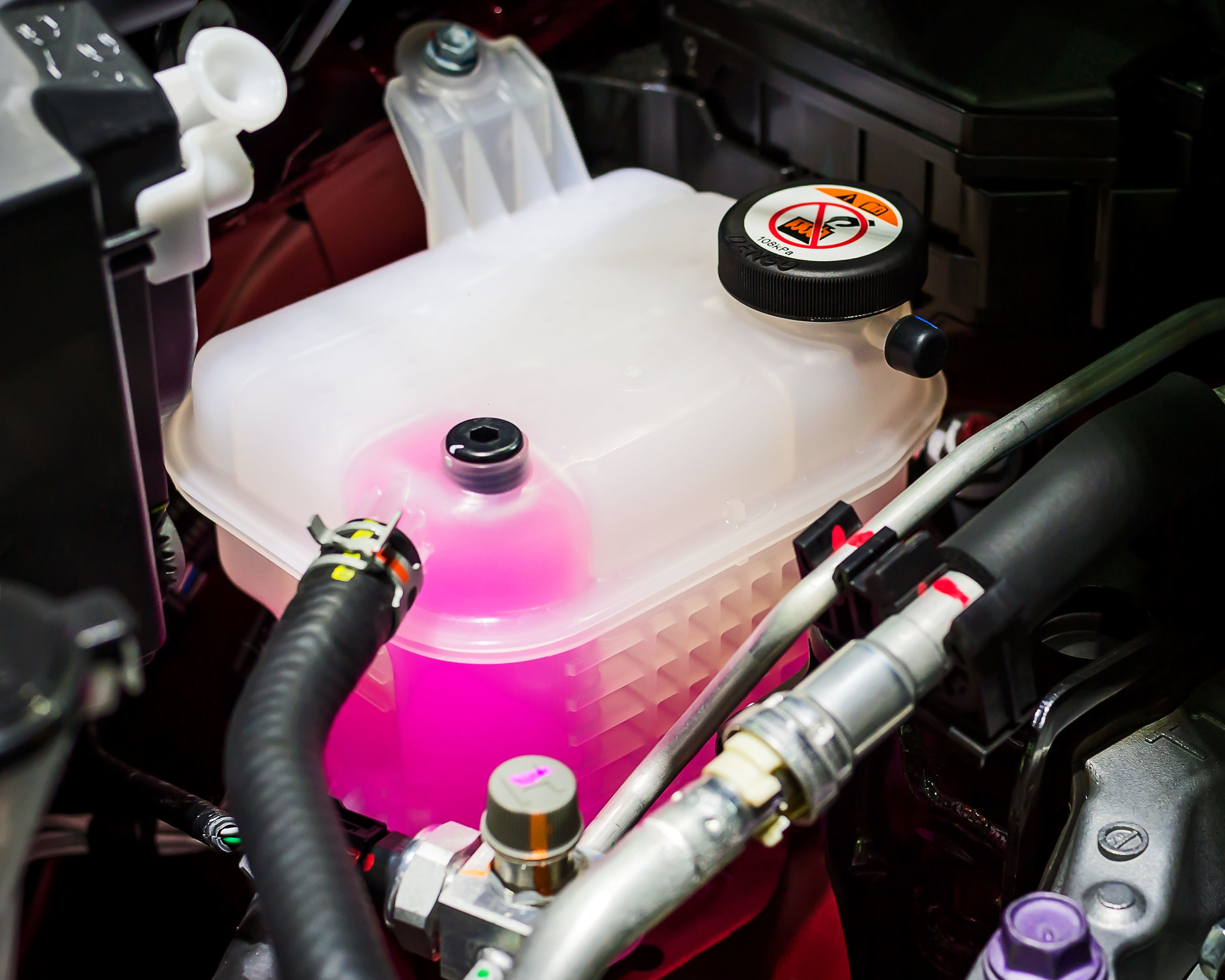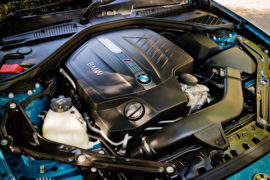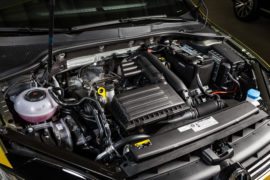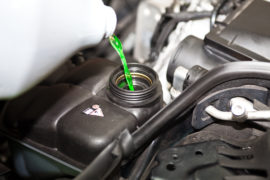Bleeding the cooling circuit
Bleeding the cooling circuit
When people hear about a cooling system, the first thing that comes to mind is coolant. Why is that? Simply because it is important for the operation of a vehicle’s engine. When the coolant is used up or when there is air in the system, a bleed of the cooling system is necessary.
THE COOLING CIRCUIT: WHAT IS IT?
The cooling circuit is used to cool the engine of a vehicle. In fact, the engine temperature increases as the vehicle goes along. It is important to know that above 100°C engine parts can start to deteriorate. This can cause damage to the engine or break it permanently. To maintain an ambient engine temperature, it is therefore necessary to cool the engine.
Returning to the cooling circuit, the latter is generally composed of a radiator located at the front of a vehicle to collect the outside air, a heating radiator that will manage the temperature of the vehicle’s interior, a coolant composed of water, glycol and additives that prevent it from freezing or boiling, a thermostat which is a valve that controls the circulation of the coolant, and finally the fans.
THE OPERATION OF A COOLING CIRCUIT
It is important to know that when starting a vehicle, the engine is cold. It is only afterwards that the engine starts to warm up again and gets warmer. The coolant will circulate along the circuit and help the engine to maintain an ambient temperature.
You should be aware that the coolant needs to be changed every 50,000 kilometres or every 2 to 4 years. As coolant loses its properties, it is imperative to replace it. To perform the operation easily and quickly, it is possible to turn to professionals equipped with a station for draining, purging and replacing the coolant at the example of « Flash Cooling® ».
The latter is an drainage device that simplifies the operation by shortening the vehicle’s downtime. By using Flash Cooling® the oil change is done in a few minutes and does not require any dismantling on the car








